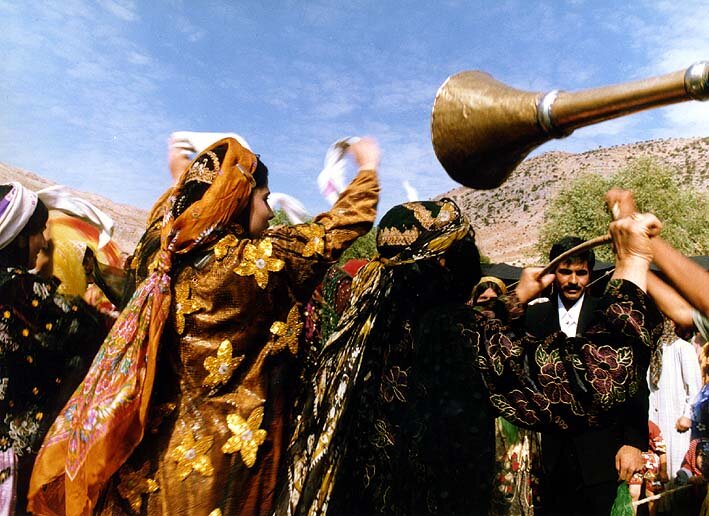INSUBCONTINENT EXCLUSIVE:
deputy tourism minister Ali-Asghar Shalbafian said on Friday.Experts say, despite having vibrant natural landscapes, countless historical
land.According to Shalbafian the majority of domestic travelers have not heard the names of various cities in western Iran
couple of years, western Iranian provinces have held several meetings to discuss ways to expand tourism, bringing together local officials,
hoteliers, travel agents, and tour operators from the provinces of Lorestan, Ilam, Chaharmahal-Bakhtiari, Kohgiluyeh and Boyer-Ahmad,
Kermanshah, Kordestan, Hamedan, Zanjan, and East Azarbaijan, amongst others.One of the potentially-significand travel destinations in the
west wing is the Uramanat cultural landscape, which was registered on the UNESCO World Heritage list last year.Stretched on the slopes of
Sarvabad county at the heart of the Zagros Mountains, and shared between the provinces of Kordestan and Kermanshah in western Iran, the
scenic landscape embraces hundreds of villages, 106,000 hectares of land, and 303,000 hectares of surrounding properties.It boasts dense and
step-like rows of houses in a way that the roof of each house forms the yard of the upper one, a feature that adds to its charm and
attractiveness.Archaeological findings dating back about 40,000 years, caves and rock shelters, ancient paths and ways along the valleys,
motifs and inscriptions, cemeteries, mounds, castles, settlements, and other historical evidence attest to the continuity of life in the
Uramanat region from the Paleolithic to this time.According to the UN body, Uramanat is an exceptional testimony to a cultural tradition of
the semi-nomadic agropastoral way of life of the Hawrami people, a Kurdish tribe that has resided in the Zagros Mountains for millennia
This outstanding cultural tradition is manifested in the ancestral practices of transhumance, the mode of seasonal living in Havars,
steep-slope terraced agriculture, soil and water management, traditional knowledge for planning and constructing steeply terraced villages,
and rich diversity of intangible heritage, all reflecting a harmonious co-existence with nature.The Islamic Republic expects to reap a
bonanza from its numerous tourist spots such as bazaars, museums, mosques, bridges, bathhouses, madrasas, mausoleums, churches, towers, and
mansions, of which 26 are inscribed on the UNESCO World Heritage list.Exhibitors, tour operators, artists and crafts people from the
provinces of Hamedan, Ilam, Kermanshah and Lorestan will take part in the festival, which will be held at the foot of the Milad Tower from

